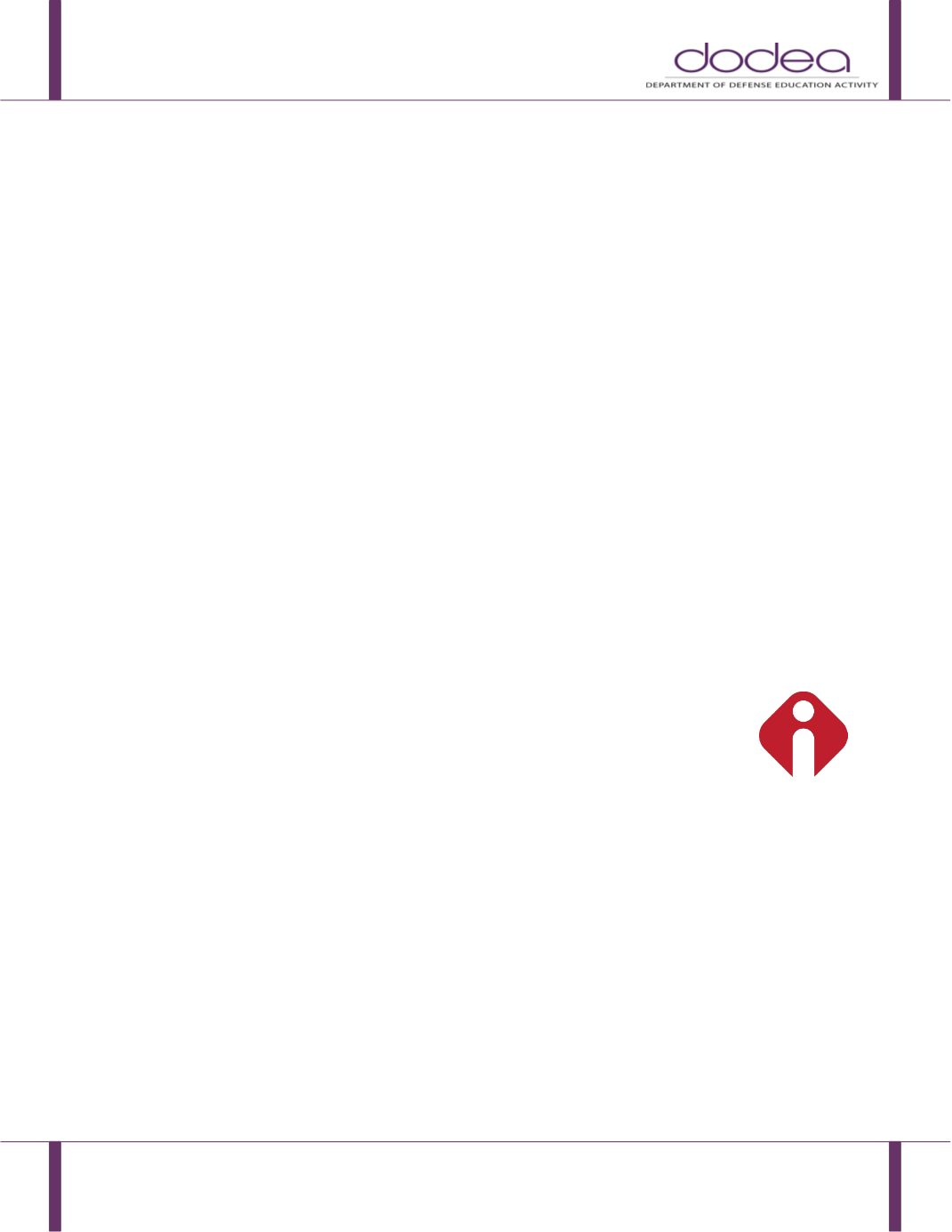

1342.12 Companion
July 12, 2017
Page 166
The rate of progress is such that, without ESY services, the student will not be able to
receive educational benefit from his/ her educational program during the regular school
year.
The nature and/or severity of the student's disability prevents the student from receiving
benefit from his/her educational program during the regular school year.
The extent to which interfering behaviors (e.g. ritualistic, aggressive, self-injurious
behaviors) impact student progress throughout the school year. The CSC determines that
an interruption to the behavioral program for the student would compromise the student's
progress and ability to benefit from their educational program.
Guiding Questions
1.
Is the student’s rate of progress such that regression/recoupment are so great that it prevents
the student from progressing on his/her IEP goals/objectives? Describe the rate of progress and
whether the interruption of services would be detrimental to continued progress.
2.
Will the type or severity of the student’s disability cause the skills learned by the student during
the regular school year to be significantly jeopardized if he/she does not receive ESY?
3.
Will the student’s behavior (s) cause the skills learned during the regular school year to be
significantly jeopardized if he/she does not receive ESY? Consider the information in the
student’s behavior intervention plan (PIP, if the student has one?
3.
Emerging Skills/Breakthrough Opportunities/Window of Opportunity
- The CSC reviews all IEP
goals to determine whether any of these skills are at a breakthrough point. When skills are at a
"breakthrough" point, the CSC determines if the interruption in services and instruction will prevent
the student from receiving benefit from his/her educational program during the regular school year
without these services.
The following are important considerations regarding emerging/breakthrough skills:
The student's development in a skill is determined to be at a critical stage such
that the opportunity for acquisition will be lost if services are not provided; or
The student's development in a skill is at a critical stage such that a break in
services will result in the loss of opportunity for mastering the skill
The CSC must have data to support either of the above assertions.
Guiding Questions:
1.
Does the student have goals, objectives, or other IEP components that require continuous
attention in order to avoid significant jeopardy to learned skills during extended breaks?
2.
Are there other factors that prevent a risk that emerging skills or knowledge learned by the
student during the regular school year will be significantly jeopardized over extended breaks?
What the Services Can Look Like
The CSC determines placement and services based upon the specific goals/skills targeted in the
student's IEP. The requirement regarding placement in the least restrictive environment (LRE) during
the normal school year applies to ESY services. Service delivery is determined. While the CSC must
consider LRE, it is not required to create artificial LRE settings during the ESY session to exactly reflect
the LRE requirement on the IEP.


















